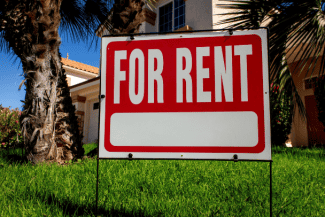These Cities Are Dominating The COVID-Era Multifamily Market
 The Inland Empire and Sacramento are showing the top gains as the multifamily market continues its swift rebound from the COVID-19 pandemic, with rents up 7.6% and 6.4%, respectively.
The Inland Empire and Sacramento are showing the top gains as the multifamily market continues its swift rebound from the COVID-19 pandemic, with rents up 7.6% and 6.4%, respectively.
A new multifamily report from Yardi Matrix shows the markets are also among the top three for occupancy growth year-over-year, with occupancy in the Inland Empire ticking up 2.2% in January and Sacramento showing a 1.2% increase. They also showed strong rent growth thanks to limited new supply coming online.
Meanwhile, rents in New York, San Jose, and San Francisco remain seriously compressed year-over-year, though their monthly declines have slowed from the summer and fall 2020. And in cities like Seattle, which showed a 7.7% decline in rent year over year, the struggle continued as tight COVID-19 restrictions dragged on and tech workers remained decamped elsewhere.
On a national basis, year-over-year average rents were negative in February by 0.1%, with Yardi analysts predicting they may soon trend into positive territory. Overall rents increased by $3 last month to $1,399, marking the ninth consecutive month of either increase or stagnant growth. And of 133 rental markets Yardi surveyed last month, 111 showed positive month-over-month rent growth.
“While national rent growth was negative this month, year-over-year rents have steadily shifted closer to positive since October. If this trend continues, February could be the last month where we see a national decline,” the analysts write in the report.
Rents are also popping in secondary and tertiary markets, continuing a COVID-era trend that began when renters began moving away from gateway markets and into areas with more space and less expensive rent. But as a recent report from RCLCO notes, there’s more to the difference between suburban and urban multifamily growth than meets the eye. Suburban apartments experienced approximately 2% rent growth in 2020, compared to 3.5% the year before, and there’s a great deal of differentiation across suburban cities. Metros like Atlanta, Tampa, Dallas and Charlotte are all high-migration markets where newcomers chose both urban and suburban locations, “belying the flight to the suburbs story,” the report states.
Source: Globest.com















 Accessibility
Accessibility